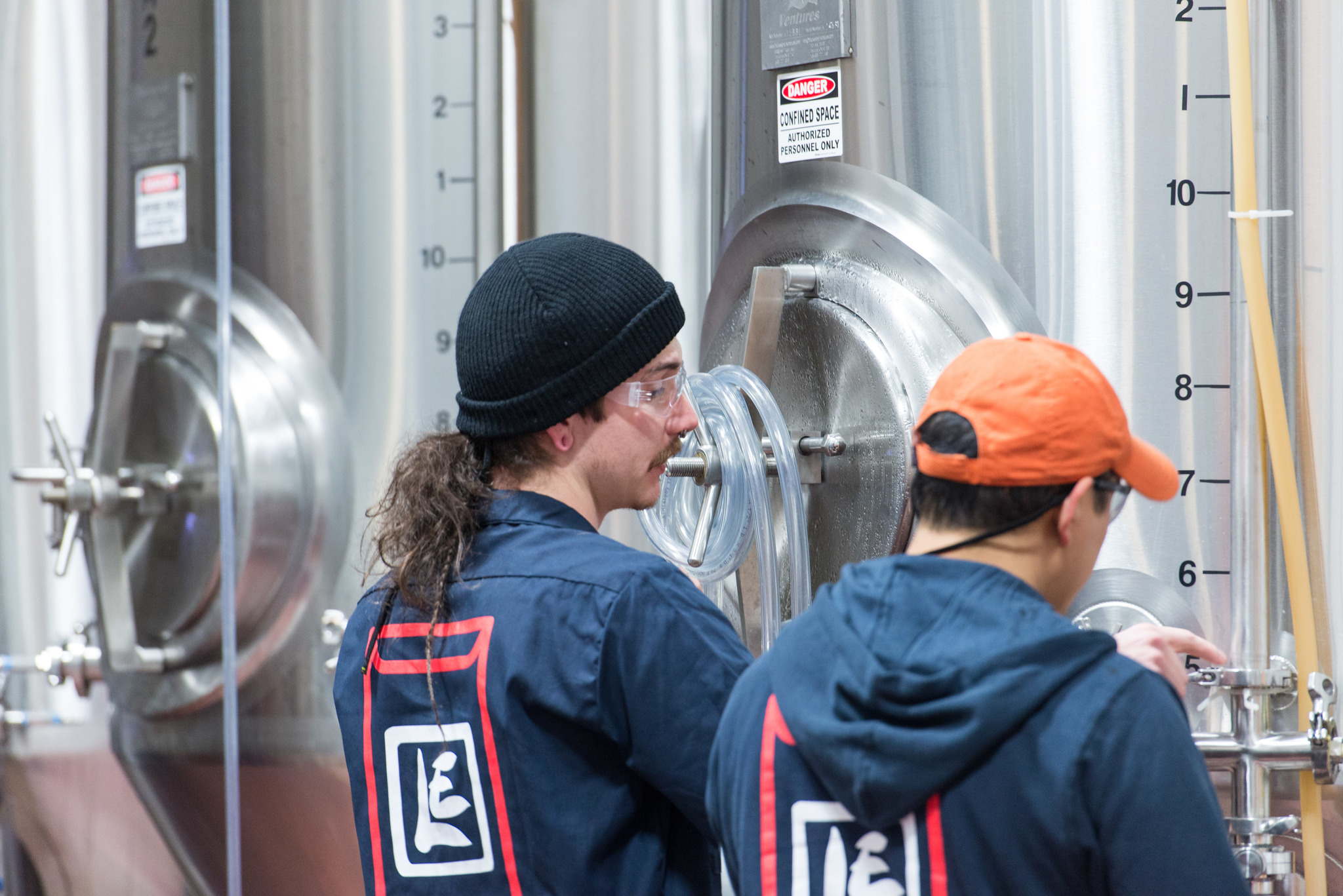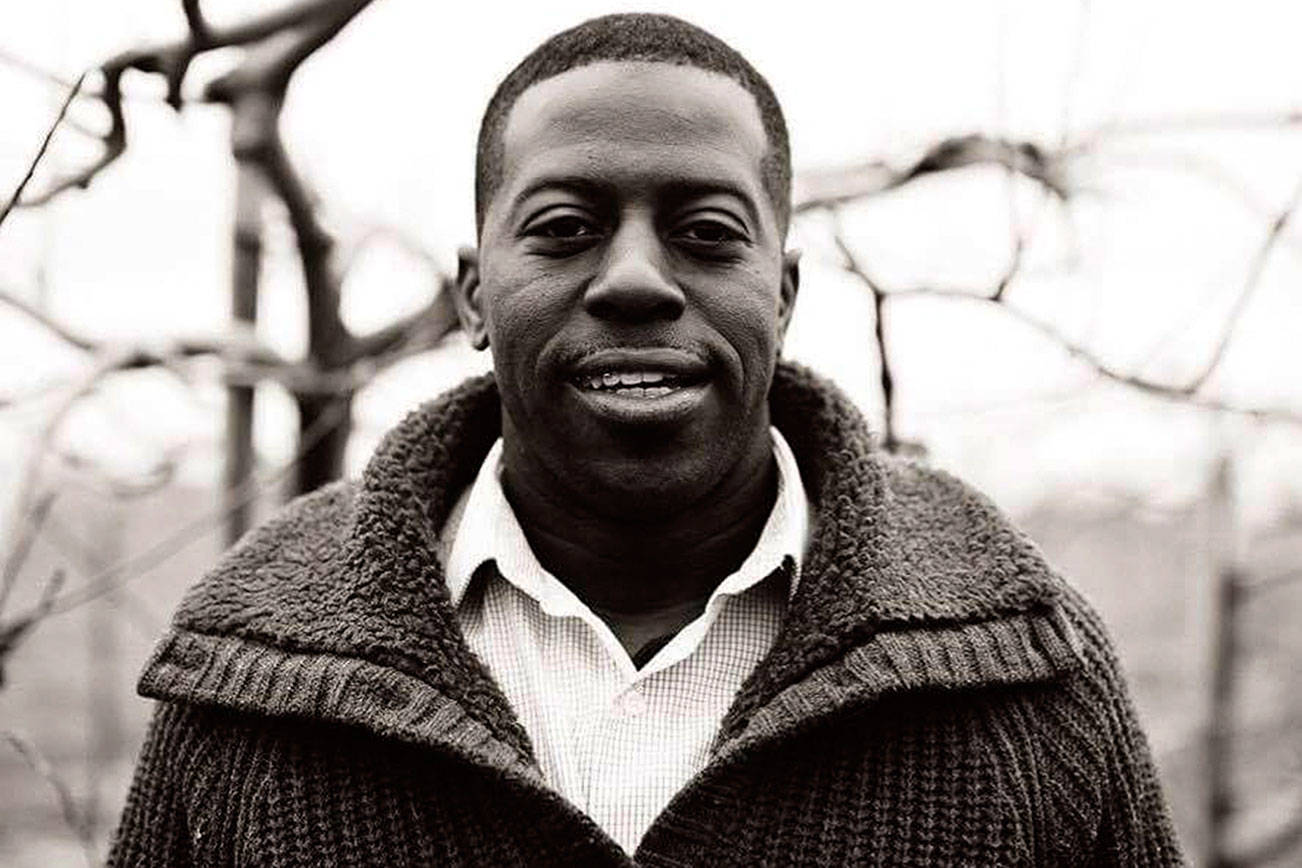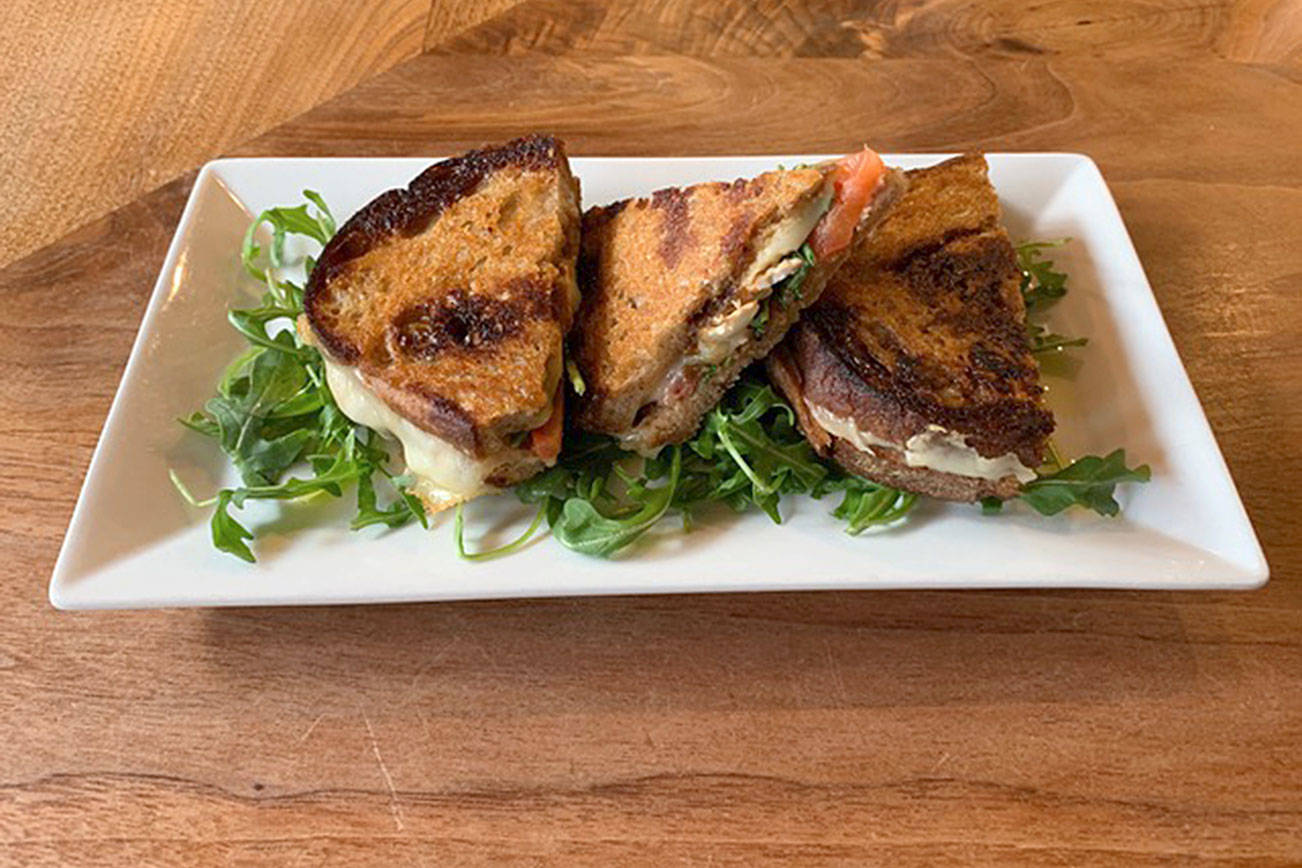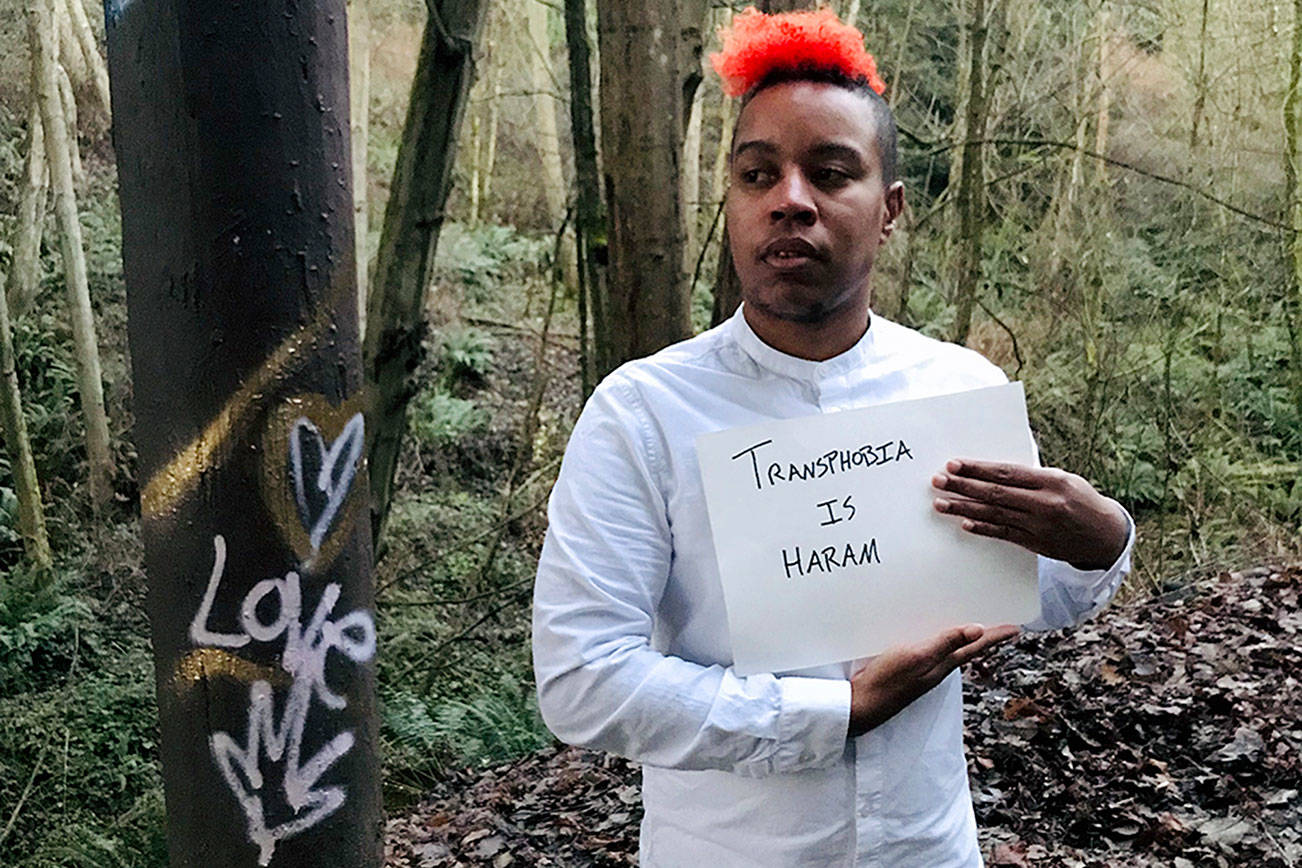You don’t need to be a craft-beer expert to notice the ever-growing abundance of beer styles, flavors, and tap handles all over the glorious suds-swilling Emerald City. You don’t need to know what ABVs or IBUs are to relish the plethora of pint options around us. It’s obvious: Seattle has tons of great unique beer, from IPAs to Imperial Stouts. But what about those craft beers that don’t see the light of day? What’s the story behind those limited-edition trial batches that never made the jump to become a tap-worthy brew—or even those recipes that never make it out of the brewers’ think tank?
Odin Brewing’s Dan Lee, whose signature beer, Odin’s Gift, is one of Seattle’s gems, says his company is not scared of failure. It’s through trial and error that the best beers are conceived and shaped, says Lee, who started Odin in 2009. An example of a brew Odin concocted that didn’t have lasting power? “We were trying to have a little fun. We wanted to make a name for ourselves in our first six months. So we made a Bacon Ale.” Lee says he and his fellow brewers attempted to use real slabs of bacon, but ultimately couldn’t get enough flavor out of them. To supplement, they used a smoked peated malt (think the flavor of Scotch), but even that didn’t quite make the cut. “It was a novel concept,” Lee says; “we did it, tried it, and that was good enough for me.”
Lucky Envelope Brewing co-founder Barry Chan admits his company also likes to experiment with wacky beer ideas—like their recent attempt at a ramen beer. Chan says he made a test batch using the Zymatic, a small-batch brewing appliance from Seattle’s PicoBrew “complete with several bricks of noodles and accompanying flavor packets,” he says. “While the final product ended up tasting better than it should have, it was unsurprisingly dumped.”
Chan says that Lucky Envelope has a high success rate with new brews—somewhere between 80 and 90 percent—and that 5 to 15 percent of the beer that doesn’t hit the mark on the first try just requires simple recipe tweaks, like their version of a 5,000-year-old Chinese beer brewed for the recent Chinese New Year. Yet, Chan says, “the remaining five percent is the small chunk that I’ll probably never be happy with, and is the itch that motivates me to continue refining our techniques.”
Russ Cornell, head brewer at the new Floating Bridge Brewery, says he keeps to a strict brewing process at all times, especially while testing new styles, to avoid massive waste. “If we are going to do anything really outlandish,” he says, “we brew a small, 15-gallon batch; for example, for Cinco de Mayo, we brewed a salsa beer with tomatoes, cilantro, lime, and jalapeño. That one turned out really nicely, but easily could have not.”
Cornell says he too has had to toss experiments, like an attempted pilot batch of Rhubarb Saison. “It had too much rhubarb,” he explains. “The first few sips were kind of fun. And then the sour built up on your tongue. Most of that batch went down the drain. We also shouldn’t imply that we often say ‘That’s perfect’ for the first batch of a new beer. In fact, we’ve never said that. There’s always a way to make a beer better. That’s what makes life interesting as a brewer.”
beerhunting@seattleweekly.com









